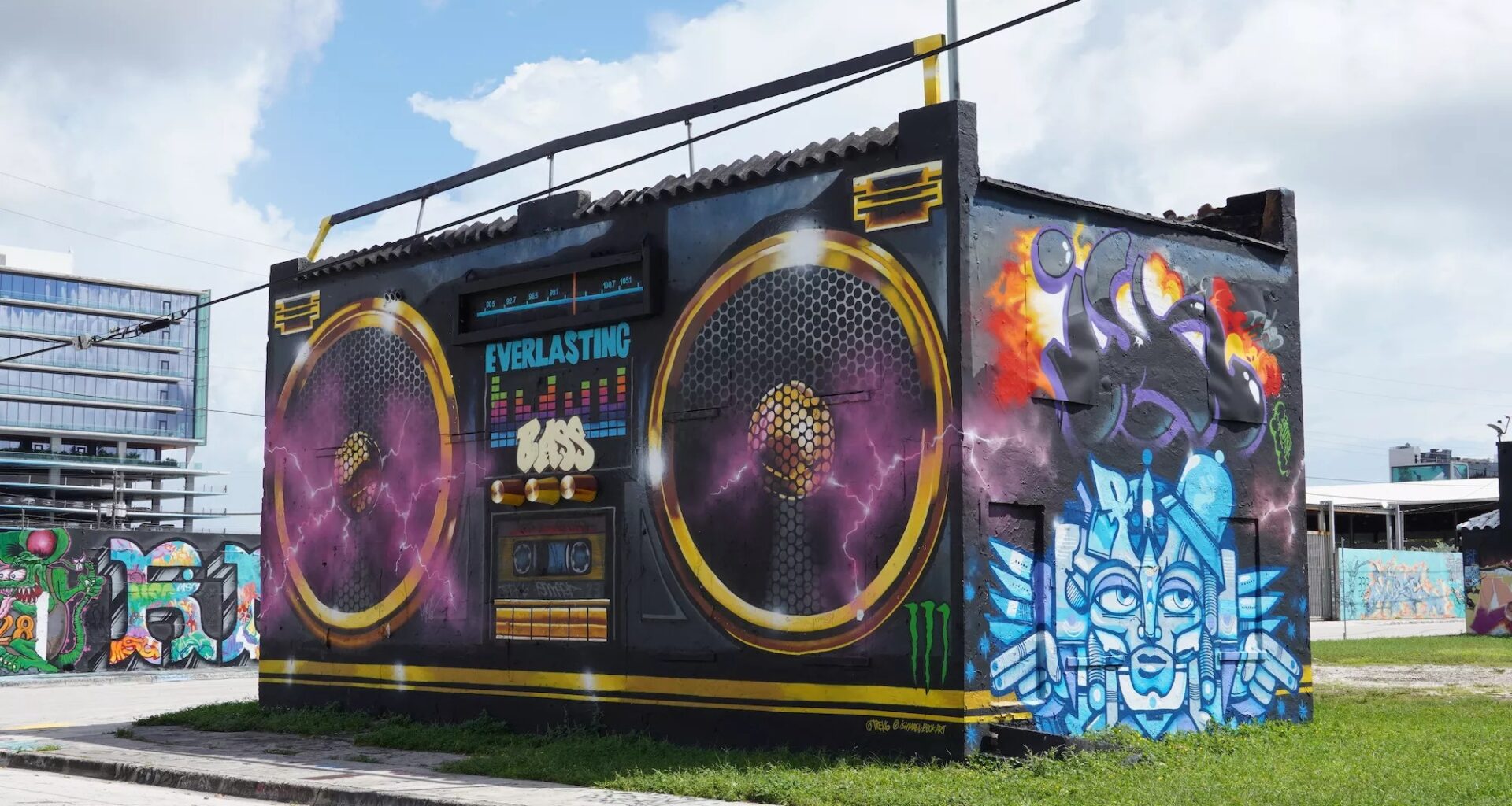With its beautiful beaches, awe-inspiring architecture, cultural spaces, and decadent nightlife, Miami attracts more visitors than most other Florida cities, save for Orlando, with its world-famous theme parks.
But any city with as big a draw as Miami is guaranteed to have its fair share of tourist traps — attractions that are way too crowded or just not worth the price of admission.
Of course, certain travelers will always want to check items off their bucket lists, especially on their first time visiting a new place. But if you’re the type who likes to stay off the beaten path, you might want to avoid these Miami tourist traps.
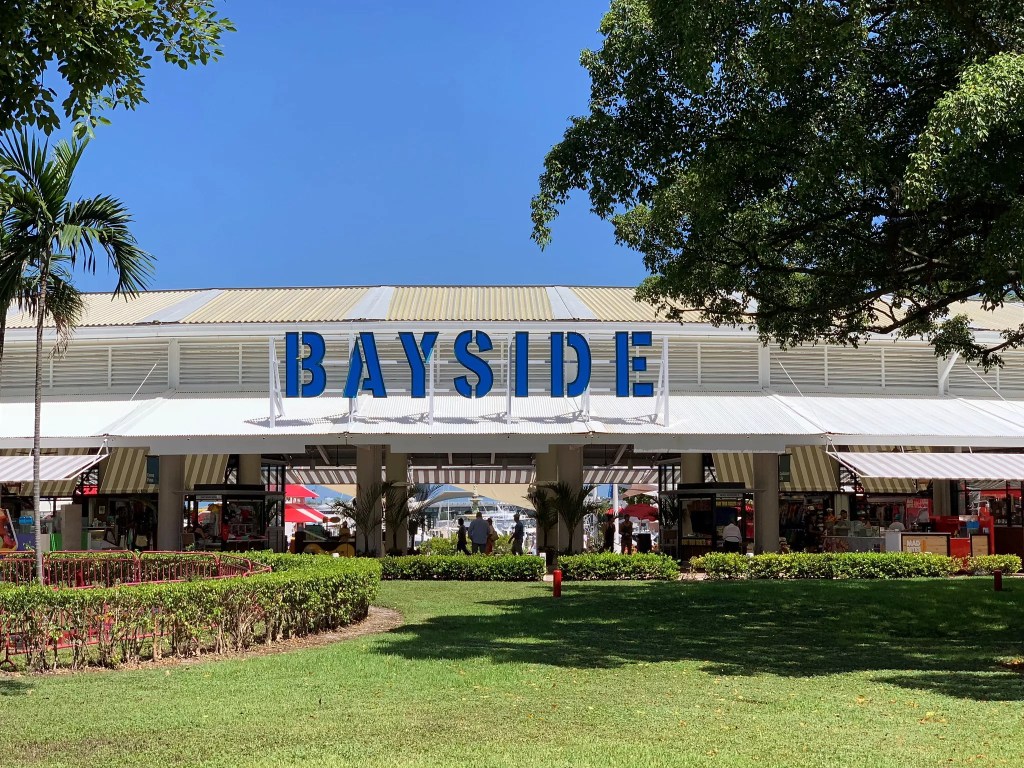 Bayside Marketplace mainly caters to cruisers waiting to board their ships the next day.
Bayside Marketplace mainly caters to cruisers waiting to board their ships the next day.
Bayside Marketplace
401 Biscayne Blvd., Miami
305-577-3344
baysidemarketplace.com
Typically, cities ensure waterfront spaces serve as their welcoming front yards; third spaces that bring together the community and visitors alike. Unfortunately, Miami has historically shown little regard for its picturesque waterfront, instead selling it to the highest bidder. Bayfront Park and Maurice A. Ferré Park offer glimpses of what a pleasant and tranquil waterfront could look like in our city. Bayside Marketplace is exactly the opposite: a tourist trap disguised as an open-air mall that mainly serves cruisers waiting to board their ships the following day, with shopping and restaurant options rivaling only third-rate strip malls. You’re better off skipping this one and going to an actual mall instead.
Brickell City Centre
701 S. Miami Ave., Miami
305-676-9480
simon.com/mall/brickell-city-centre
If you’ve taken out-of-towners to Brickell City Centre, they’ve likely asked to head up to the third floor to take that photo.
The Level 3 East and West Block Bridge is such a popular photo spot that a quick search of the mall’s location tag on Instagram yields dozens of photos of beautiful people taking the same photo in front of the same multi-colored buildings at all times of the day. There’s usually a crowd gathered here waiting for their turn, so grab a bite at one of the mall’s many good restaurants before you strike a pose.
Dolphin Mall
11401 NW 12th St., Miami
305-365-7446
shopdolphinmall.com
If you’re visiting from Latin America and looking to buy a suitcase’s worth of clothing and merchandise, Dolphin Mall is a paradise. For the rest of us, not so much. This mall so explicitly caters to tourists that it even has an on-site hotel, the Courtyard by Marriott Miami at Dolphin Mall. With nearly 250 stores, restaurants, and entertainment destinations, there’s something for everyone here. But if you have even the slightest hint of enochlophobia, you’ll want to steer clear of Miami’s largest outlet mall.
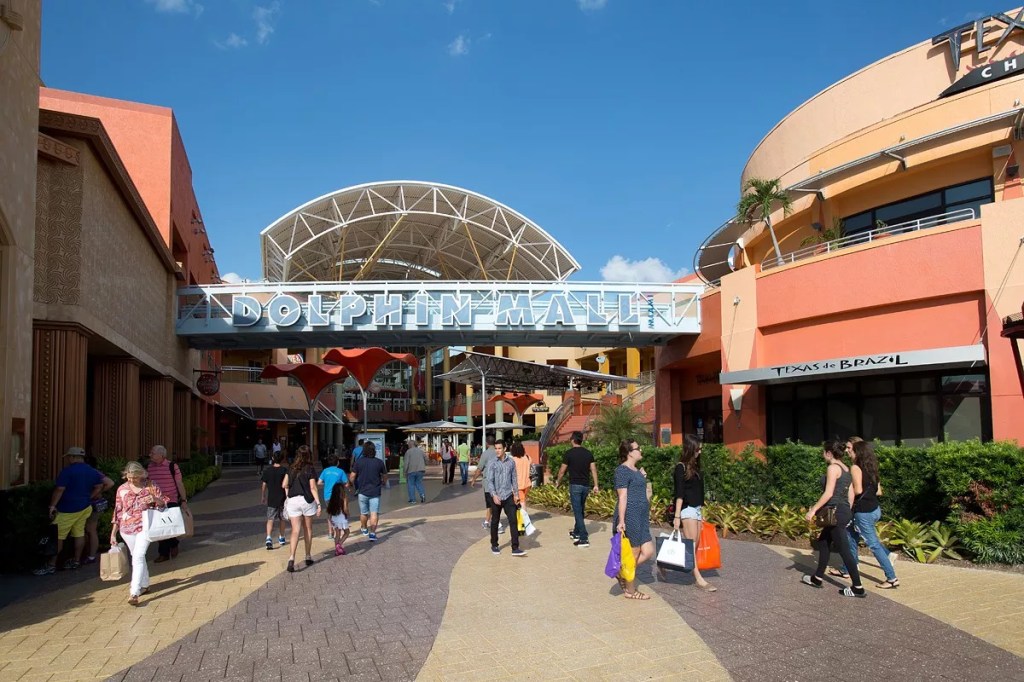 Dolphin Mall is a paradise for travelers looking to fill suitcases with clothes to take back home. For the rest of us, not so much.
Dolphin Mall is a paradise for travelers looking to fill suitcases with clothes to take back home. For the rest of us, not so much.
Jungle Island
1111 Parrot Jungle Trail, Miami
305-400-7000
jungleisland.com
Originally known as Parrot Jungle, this attraction has lured tourists since it opened in Pinecrest in 1936. It moved to its current Watson Island location in 2003 and sold exotic birds to the public until it abandoned the practice the following year. While the park is serviceable (and offers unique activities like capybara yoga), it pales in comparison to Miami’s best zoological park, Zoo Miami. While both are accredited facilities — Zoo Miami by the Association of Zoos and Aquariums (AZA) and Jungle Island by the Zoological Association of America (ZAA) — the AZA cohort includes other premier zoos and aquariums, such as the San Diego Zoo and the Georgia Aquarium, which are also focused on conservation. Still, the upside of Jungle Island is its location. Zoo Miami is situated deep in South Dade, a hike from areas frequented by tourists.
Lincoln Road
Collins Ave. to Bay Rd., between 16th and 17th St.
This Morris Lapidus-designed pedestrian mall should be the city’s premier shopping district, and for a while it was. But then, like all good things in Miami, developers got involved, pushing out all the character from Lincoln Road and transforming it into something mid. Even the Regal South Beach is gone now. There are no stores here that you wouldn’t find at your average mall, and that’s the problem. Are you really going to come all the way to Miami to shop at places you have at home? Unfortunately, the restaurants here are overpriced, but not much better.
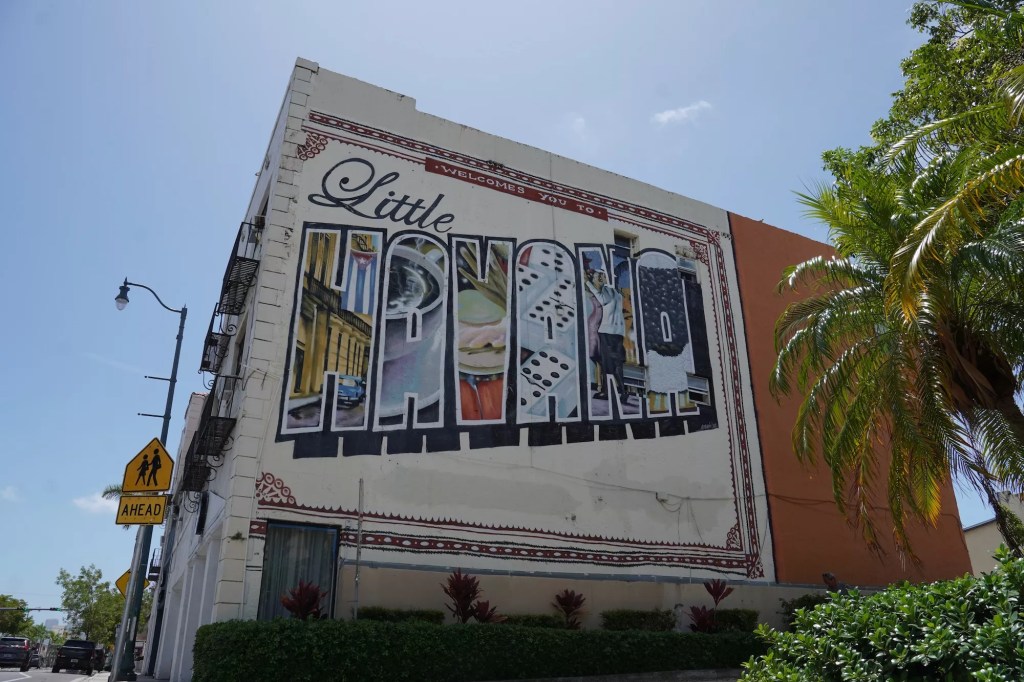 Little Havana lures tourists interested in Cuban culture, but the neighborhood’s name is somewhat misleading.
Little Havana lures tourists interested in Cuban culture, but the neighborhood’s name is somewhat misleading.
Little Havana
Miami certainly takes a lot of pride in Little Havana, and for good reason. The neighborhood serves as a poignant reminder of how people can leave everything behind and still build a community far from home. You’ll often see Big Bus Tours or Miami Double Decker buses shuttling tourists back and forth on Calle Ocho, all of them wanting to experience the most authentic Cuban culture you can find outside the island.
Unfortunately, these days, it’s more of a front. By all means, go to Little Havana, but don’t let the name fool you. Most area residents are working-class Central American immigrants, not Cubans. It makes the cigar rolling and viejitos playing dominoes in the park feel almost performative. Still, you’ll find some of the best Mexican, Nicaraguan, and Dominican food in all of Miami here, and the residents are friendly and welcoming.
Ocean Drive
If you’re intent on visiting Ocean Drive for the art deco architecture, by all means, go for it. However, if you’re expecting the strip to be lined with Miami Beach’s best hotels, bars, and restaurants, you’ll be sorely disappointed. Businesses price their food and drink with tourists in mind, so you’ll pay outrageous prices for something as simple as a beer. There are a few gems on Ocean Drive — Palace Bar, the Betsy, News Cafe, and even Mango’s — but you’d be wise to avoid the rest.
Sightseeing Boat Tours
Miami is surrounded by water, so it makes sense that you’d want to take a tour of its waterways. There’s nothing inherently wrong with that. However, many of these tours take pride in showing you the homes of stars, similar to celebrity home sightseeing tours in Los Angeles. Something about that feels icky and invasive, but making matters worse, most of the homes are architecturally uninteresting. It would be one thing if you were looking at some interesting buildings, at least, but these are nothing more than sugar-cube mansions. Do yourself a favor: Save your money and go to dinner at Prime 112 if you want to gawk at celebs.
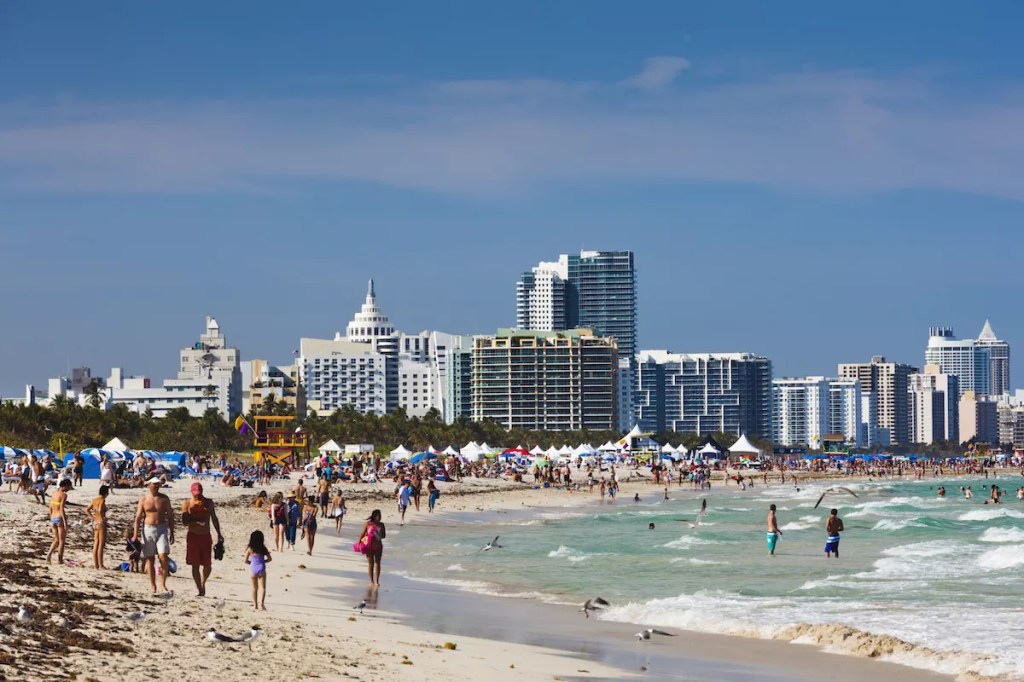 Don’t be a snob. Hit the beach.
Don’t be a snob. Hit the beach.
Photo by Walter Bibikow/Getty Images
South Beach
When we say “South Beach” here, we’re referring to the actual strip of sand that faces the Atlantic Ocean between Collins Park and Government Cut. There’s no denying that South Beach attracts hordes of tourists looking to enjoy the warm water and bask in the sun, but it’s hardly the best beach Miami has to offer. Crandon Park, Bill Baggs Cape Florida State Park, and Haulover Beach all offer better sand and surf without the crowds. Crandon, in particular, has some of South Florida’s most beautiful white-sand beaches and crystal-clear blue waters. It’s so picturesque, in fact, that Jennifer Lopez filmed her music video for “Love Don’t Cost a Thing” there.
Wynwood
It’s called the Wynwood Art District, but there is little actual art emerging from the neighborhood these days. Sure, you’ll see plenty of murals adorning every conceivable space, but most of the artists and galleries that once called the area home are long gone. Most of them moved to Little Haiti, Little River, or Allapattah. In their place are pricey boutiques, restaurants, bars, and offices that have little (or nothing) to do with art. There have been plenty of signs that the neighborhood has undergone an irreversible shift in recent years, with some of the clearest being the closure of the Electric Pickle in 2019, Wynwood Walls’ introduction of timed ticketing in 2021, and the news of Gramps’ closure, coming at the end of 2025.

